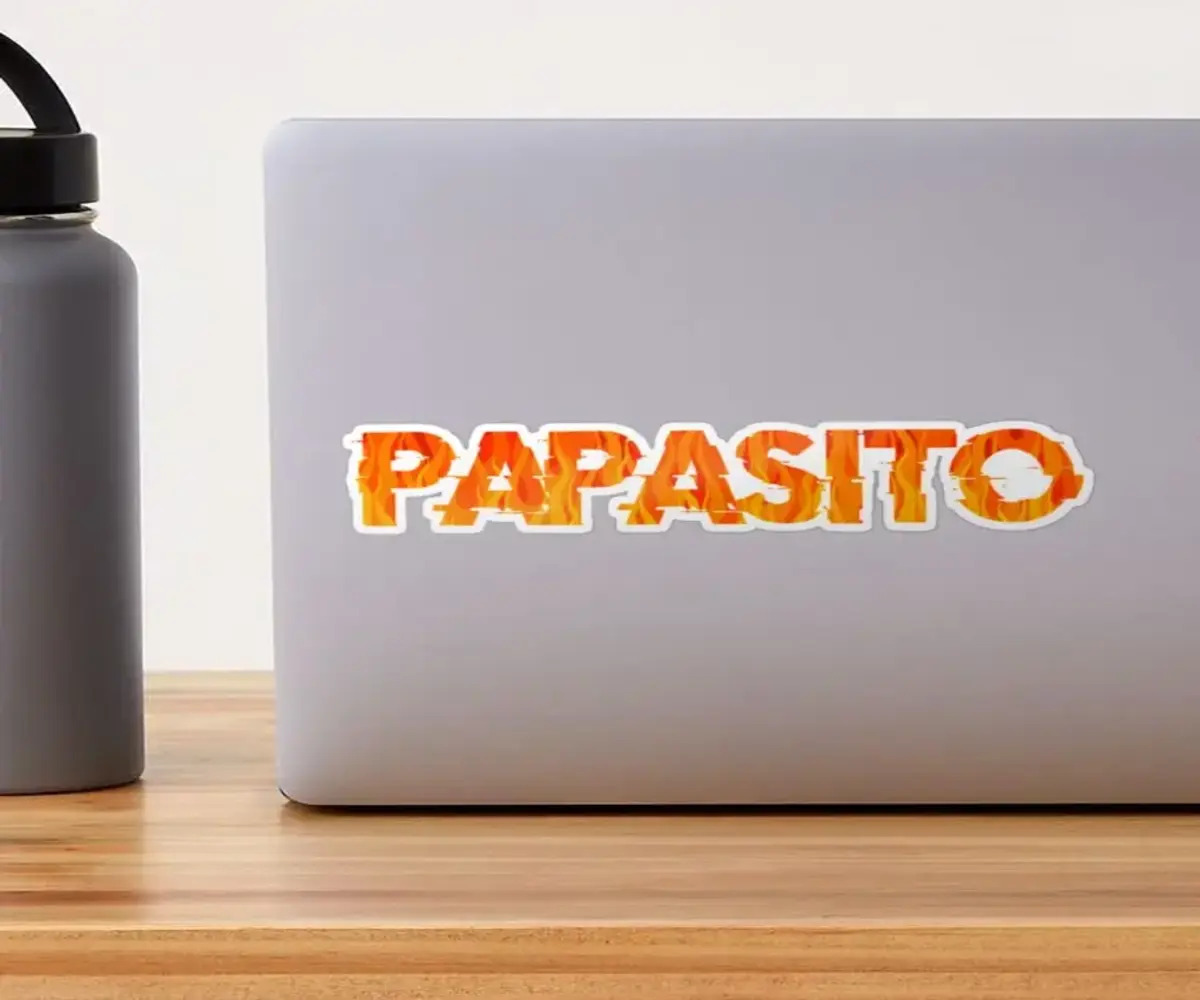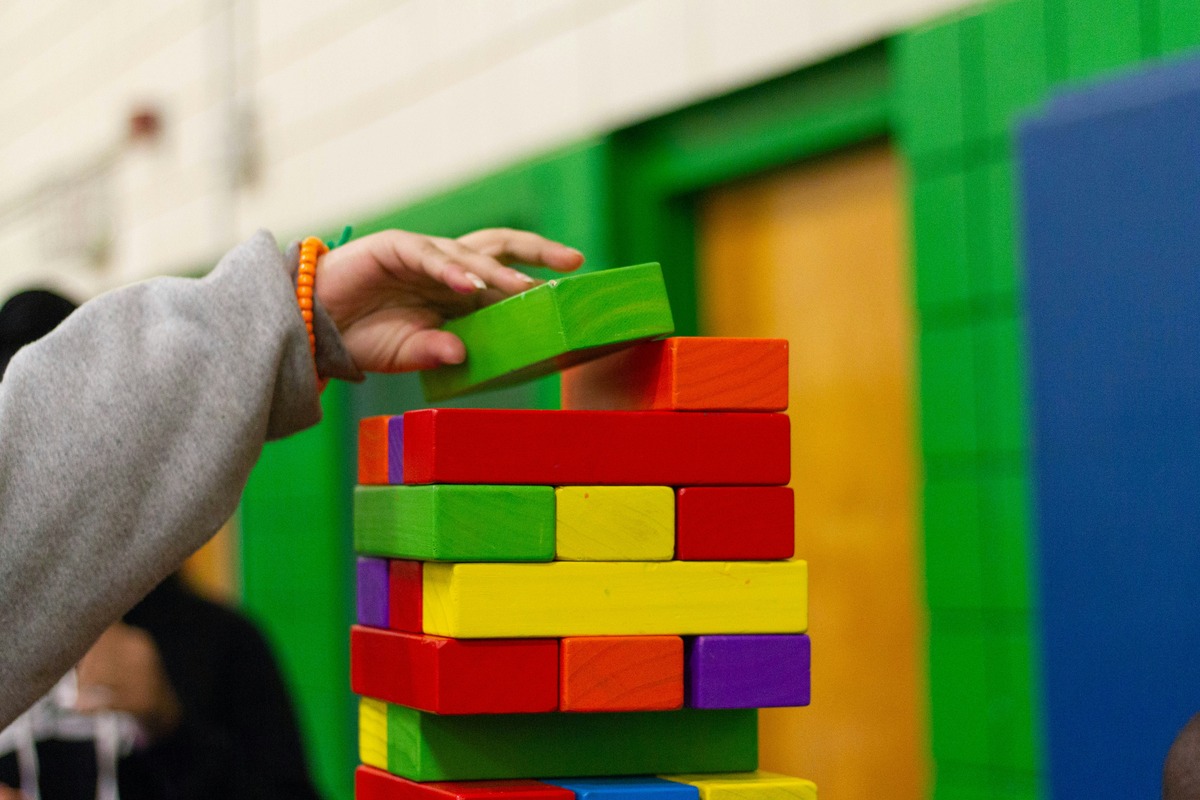Home>Language and Grammar>Understanding The Meaning Of “Mijo” And “Mija” In Spanish


Language and Grammar
Understanding The Meaning Of “Mijo” And “Mija” In Spanish
Published: February 23, 2024
Discover the significance of "mijo" and "mija" in Spanish, and deepen your understanding of language and grammar with this insightful exploration. Uncover the cultural and linguistic nuances behind these endearing terms.
(Many of the links in this article redirect to a specific reviewed product. Your purchase of these products through affiliate links helps to generate commission for Noodls.com, at no extra cost. Learn more)
Table of Contents
Introduction
The Spanish language is rich with endearing terms that reflect the warmth and affection deeply embedded in Hispanic culture. Among these terms, "mijo" and "mija" stand out as expressions of endearment that convey a sense of closeness and familial love. These terms, rooted in the Spanish language, hold significant cultural and emotional weight, making them an integral part of the Hispanic identity.
The use of "mijo" and "mija" extends beyond mere linguistic expressions; they encapsulate the deep-rooted values of family, respect, and affection within the Hispanic community. Understanding the nuances and cultural significance of these terms provides a glimpse into the intricate tapestry of Hispanic heritage and the cherished bonds that define familial relationships.
As we delve into the origins, regional variations, and modern interpretations of "mijo" and "mija," we will uncover the profound meanings and emotional resonance that these terms hold within the Spanish-speaking world. Join us on this enlightening journey as we explore the multifaceted layers of "mijo" and "mija," unraveling their significance in the hearts and minds of those who embrace the Spanish language and its rich cultural heritage.
The Origins of "Mijo" and "Mija"
The endearing terms "mijo" and "mija" have deep roots in the Spanish language, reflecting a blend of linguistic evolution and cultural influences. The origins of these terms can be traced back to the fusion of Spanish and indigenous languages, particularly in regions where Spanish colonialism intersected with native cultures. The term "mijo" is an amalgamation of the Spanish words "mi" (my) and "hijo" (son), while "mija" combines "mi" with "hija" (daughter). These terms encapsulate the essence of familial love and endearment, embodying the cherished bonds between parents and their children.
The historical context of "mijo" and "mija" is intertwined with the complex tapestry of Hispanic heritage, where the blending of languages and cultural traditions gave rise to these affectionate terms. The fusion of indigenous languages with Spanish during the colonial era contributed to the emergence of endearing expressions that resonate deeply within Hispanic communities. This linguistic fusion not only enriched the Spanish vocabulary but also imbued it with a profound sense of familial intimacy and affection.
Furthermore, the origins of "mijo" and "mija" reflect the enduring influence of traditional gender roles and familial dynamics within Hispanic culture. These terms carry a sense of warmth and closeness, embodying the deep-rooted values of respect, love, and interconnectedness within the family unit. The evolution of these terms mirrors the evolving dynamics of familial relationships, encapsulating the enduring significance of parental love and guidance in the Hispanic cultural ethos.
As these endearing terms continue to be passed down through generations, their origins remain deeply embedded in the linguistic and cultural heritage of Spanish-speaking communities. The historical evolution of "mijo" and "mija" serves as a testament to the enduring legacy of familial bonds and the profound impact of language on the expression of love and affection within the Hispanic cultural framework.
Regional Variations and Usage
The usage of "mijo" and "mija" exhibits intriguing regional variations within the Spanish-speaking world, reflecting the diverse linguistic tapestry and cultural nuances across different regions. These endearing terms, deeply ingrained in the fabric of Hispanic culture, hold a special place in the hearts of individuals across various Spanish-speaking countries. The variations in usage and pronunciation of "mijo" and "mija" offer a fascinating glimpse into the rich linguistic diversity and cultural intricacies prevalent in different regions.
In Mexico, "mijo" and "mija" are commonly used as expressions of endearment and affection, reflecting the warmth and closeness inherent in Mexican familial relationships. The usage of these terms extends beyond immediate family members, often encompassing close friends and individuals within the community. The informal and inclusive nature of these expressions underscores the communal values and interconnectedness deeply rooted in Mexican culture.
In Spain, the usage of "mijo" and "mija" may vary across different regions, reflecting the linguistic diversity and regional dialects prevalent within the country. While these terms continue to convey a sense of endearment and familial closeness, the pronunciation and inflection may differ based on the specific regional dialects, adding a unique flavor to the usage of these expressions.
Across Latin America, including countries such as Argentina, Colombia, and Venezuela, "mijo" and "mija" are embraced as cherished expressions of affection and love. The usage of these terms transcends generational boundaries, resonating with individuals of all ages and reflecting the enduring significance of familial bonds within the Latin American cultural landscape.
Furthermore, within Hispanic communities in the United States, the usage of "mijo" and "mija" reflects the interplay of linguistic influences and cultural heritage. These terms serve as a bridge between generations, preserving the cultural legacy of familial endearment while adapting to the evolving dynamics of Hispanic identity in the United States.
The regional variations in the usage of "mijo" and "mija" underscore the dynamic nature of language and culture, highlighting the enduring relevance of these endearing terms across diverse Spanish-speaking communities. As these expressions continue to resonate within familial and communal settings, they serve as poignant reminders of the enduring values of love, respect, and interconnectedness that define the Hispanic cultural experience.
Cultural and Familial Significance
The cultural and familial significance of "mijo" and "mija" extends far beyond their linguistic roots, encompassing profound emotional resonance and reflecting the cherished values embedded within Hispanic heritage. These endearing terms serve as poignant markers of familial love, respect, and interconnectedness, embodying the enduring significance of familial bonds within the Hispanic cultural framework.
Within Hispanic families, the use of "mijo" and "mija" transcends mere linguistic expressions; they encapsulate the deep-seated values of respect, affection, and guidance that form the cornerstone of familial relationships. These terms are imbued with a sense of warmth and endearment, symbolizing the enduring love and support that parents bestow upon their children. The cultural significance of "mijo" and "mija" lies in their ability to convey not only familial closeness but also the profound sense of pride and affection that parents hold for their offspring.
Furthermore, the usage of "mijo" and "mija" reflects the traditional gender roles and familial dynamics prevalent within Hispanic culture. These terms embody the enduring legacy of parental love and guidance, underscoring the deeply ingrained values of respect and honor within the family unit. The cultural significance of these expressions is intertwined with the intricate tapestry of Hispanic heritage, serving as a testament to the enduring strength of familial bonds and the profound impact of love and affection within the Hispanic cultural ethos.
Moreover, "mijo" and "mija" hold a special place in the hearts of individuals within Hispanic communities, serving as enduring symbols of love and endearment. These terms evoke a sense of nostalgia and emotional connection, resonating with individuals across generations and reinforcing the timeless values of family, unity, and unconditional love. The familial significance of "mijo" and "mija" lies in their ability to foster a sense of belonging and emotional security, nurturing the bonds that unite families and communities across the Spanish-speaking world.
In essence, the cultural and familial significance of "mijo" and "mija" transcends linguistic boundaries, encapsulating the profound emotional depth and enduring values that define Hispanic familial relationships. These endearing terms serve as a testament to the enduring legacy of love, respect, and interconnectedness within the Hispanic cultural tapestry, enriching the lives of individuals and fostering a sense of belonging within the embrace of familial love and affection.
Modern Interpretations and Usage
In contemporary society, the traditional usage of "mijo" and "mija" has evolved to encompass a broader spectrum of familial and communal relationships, reflecting the dynamic nature of Hispanic identity and cultural expression. While these endearing terms continue to resonate within the context of parent-child relationships, their modern interpretations extend to encompass a diverse range of interpersonal connections and emotional expressions within the Spanish-speaking community.
The modern usage of "mijo" and "mija" transcends traditional familial boundaries, embracing a more inclusive and expansive definition of kinship and affection. In addition to addressing one's own children, these terms are often employed to convey a sense of warmth and familiarity towards younger individuals within the community, reflecting a collective ethos of care and support. This inclusive usage underscores the communal values deeply ingrained in Hispanic culture, emphasizing the interconnectedness and mutual respect that characterize interpersonal relationships.
Furthermore, the modern interpretations of "mijo" and "mija" reflect the evolving dynamics of gender and familial roles within contemporary society. While traditionally associated with parental endearment, these terms have expanded to encompass expressions of support and encouragement across diverse age groups and social contexts. Whether used among peers, mentors, or community members, "mijo" and "mija" serve as symbols of solidarity and emotional connection, fostering a sense of unity and belonging within the Spanish-speaking community.
Moreover, the modern usage of "mijo" and "mija" extends to digital platforms and social media, where these endearing terms are employed to convey affection and camaraderie in virtual spaces. Through online interactions, individuals utilize "mijo" and "mija" to express empathy, support, and camaraderie, transcending geographical boundaries and fostering a sense of virtual kinship within the digital realm. This modern adaptation underscores the enduring relevance of these terms in shaping emotional connections and fostering a sense of community across diverse communication channels.
In essence, the modern interpretations and usage of "mijo" and "mija" reflect the enduring relevance of familial love and communal interconnectedness within the Hispanic cultural landscape. These endearing terms continue to evolve, embracing a broader spectrum of emotional expressions and interpersonal connections, while preserving their timeless significance as symbols of love, respect, and solidarity within the Spanish-speaking world.
Conclusion
In conclusion, the endearing terms "mijo" and "mija" encapsulate the profound emotional depth and cultural significance deeply embedded within the Hispanic heritage. These expressions, rooted in the fusion of Spanish and indigenous languages, reflect the enduring values of familial love, respect, and interconnectedness that define Hispanic familial relationships. From their origins as linguistic amalgamations to their modern interpretations, "mijo" and "mija" serve as poignant markers of affection, solidarity, and communal kinship within the Spanish-speaking world.
The origins of "mijo" and "mija" trace back to the historical fusion of languages and cultural traditions, underscoring the enduring impact of linguistic evolution on the expression of familial endearment. These terms embody the cherished values of parental love and guidance, serving as enduring symbols of familial closeness and emotional connection. The regional variations in usage across different Spanish-speaking countries offer a glimpse into the rich linguistic diversity and cultural nuances prevalent within diverse Hispanic communities, reflecting the dynamic nature of language and culture.
Furthermore, the cultural and familial significance of "mijo" and "mija" transcends linguistic boundaries, embodying the enduring values of respect, affection, and unity within Hispanic families. These terms evoke a sense of nostalgia and emotional resonance, fostering a profound connection across generations and reinforcing the timeless values of love, respect, and interconnectedness. In contemporary society, the modern interpretations and usage of "mijo" and "mija" reflect the evolving dynamics of familial and communal relationships, embracing a broader spectrum of kinship and solidarity while preserving their timeless significance as symbols of love and support.
As these endearing terms continue to resonate within familial and communal settings, they serve as poignant reminders of the enduring values that define Hispanic cultural identity. "Mijo" and "mija" stand as enduring testaments to the enduring legacy of familial love, respect, and interconnectedness within the Hispanic cultural tapestry, enriching the lives of individuals and fostering a sense of belonging within the embrace of familial love and affection.














